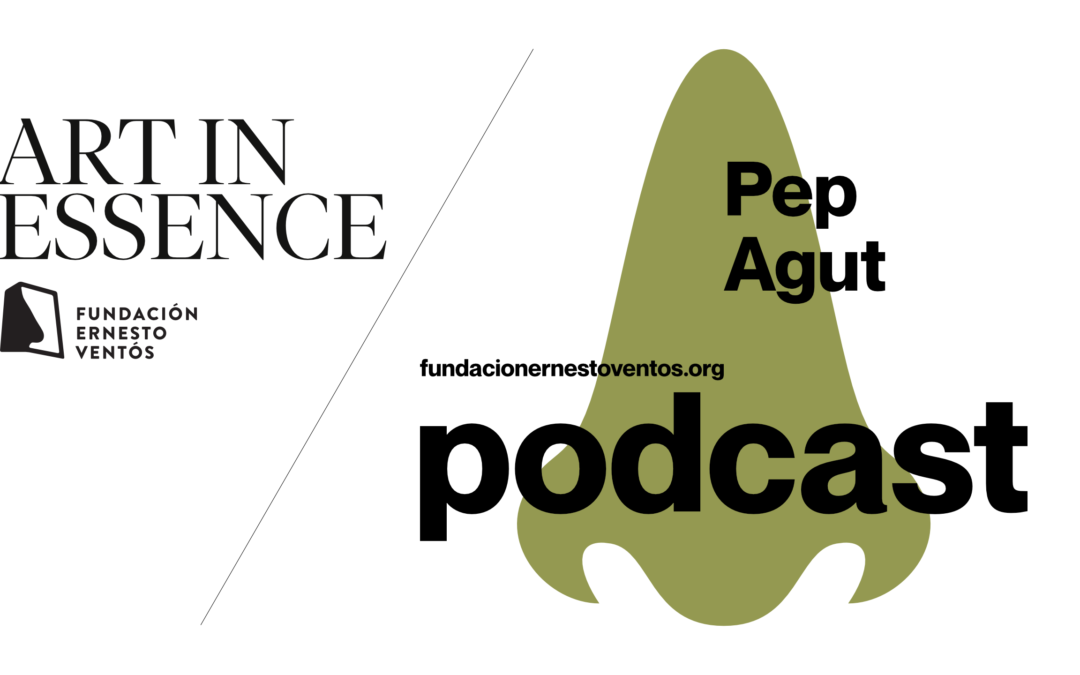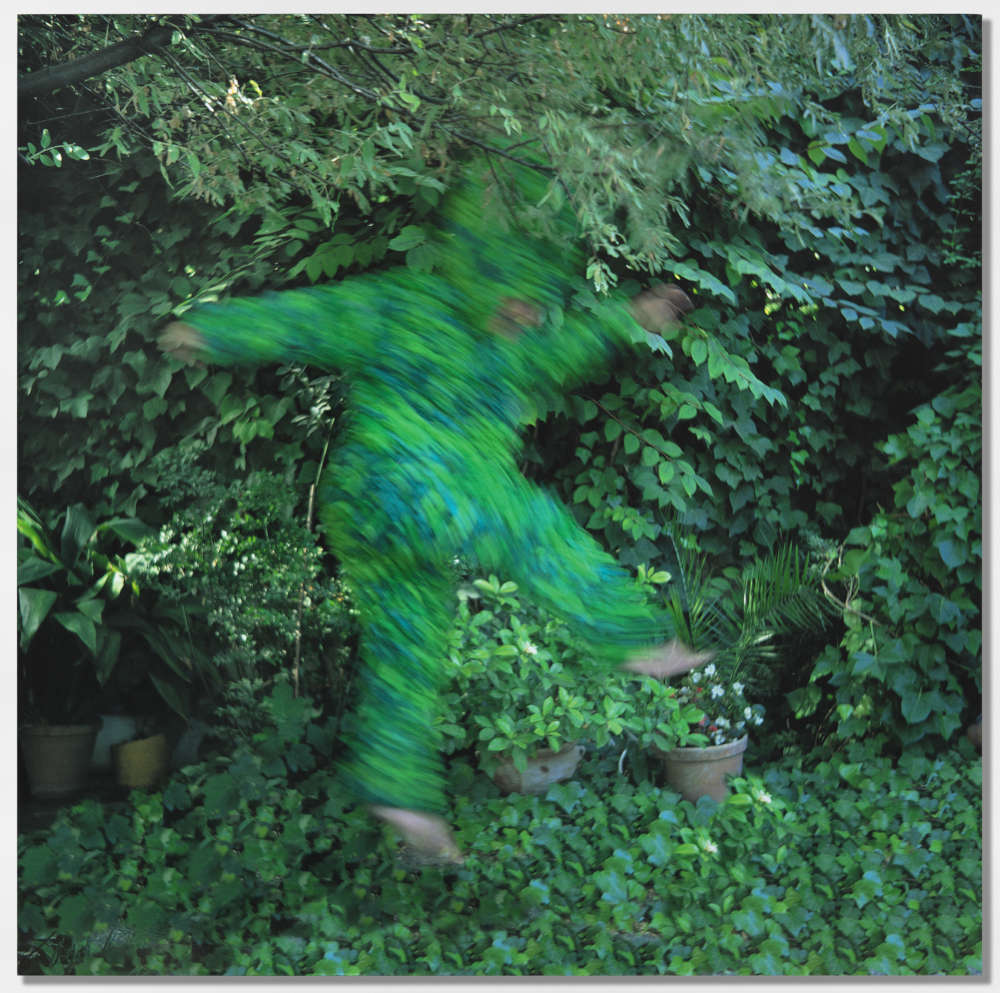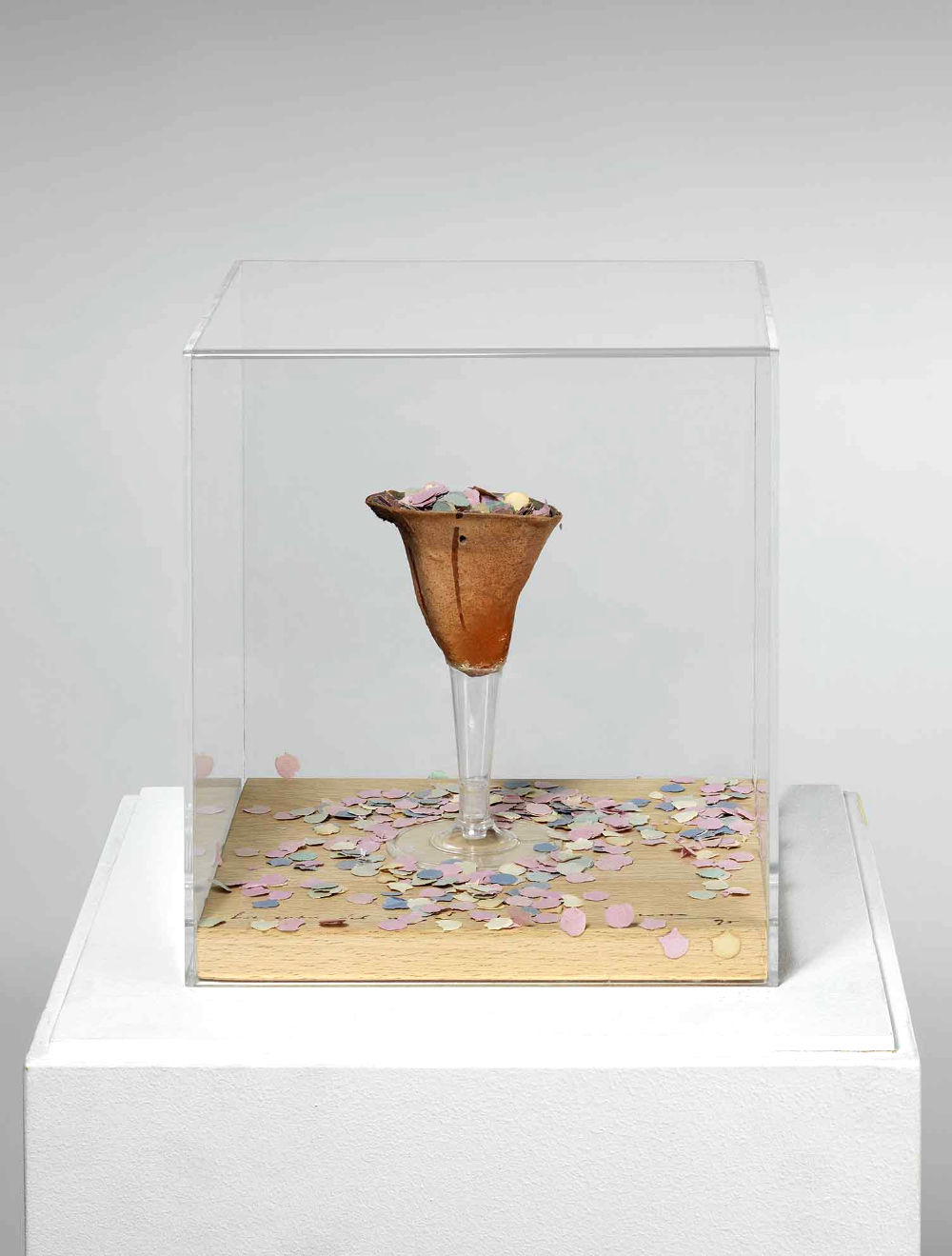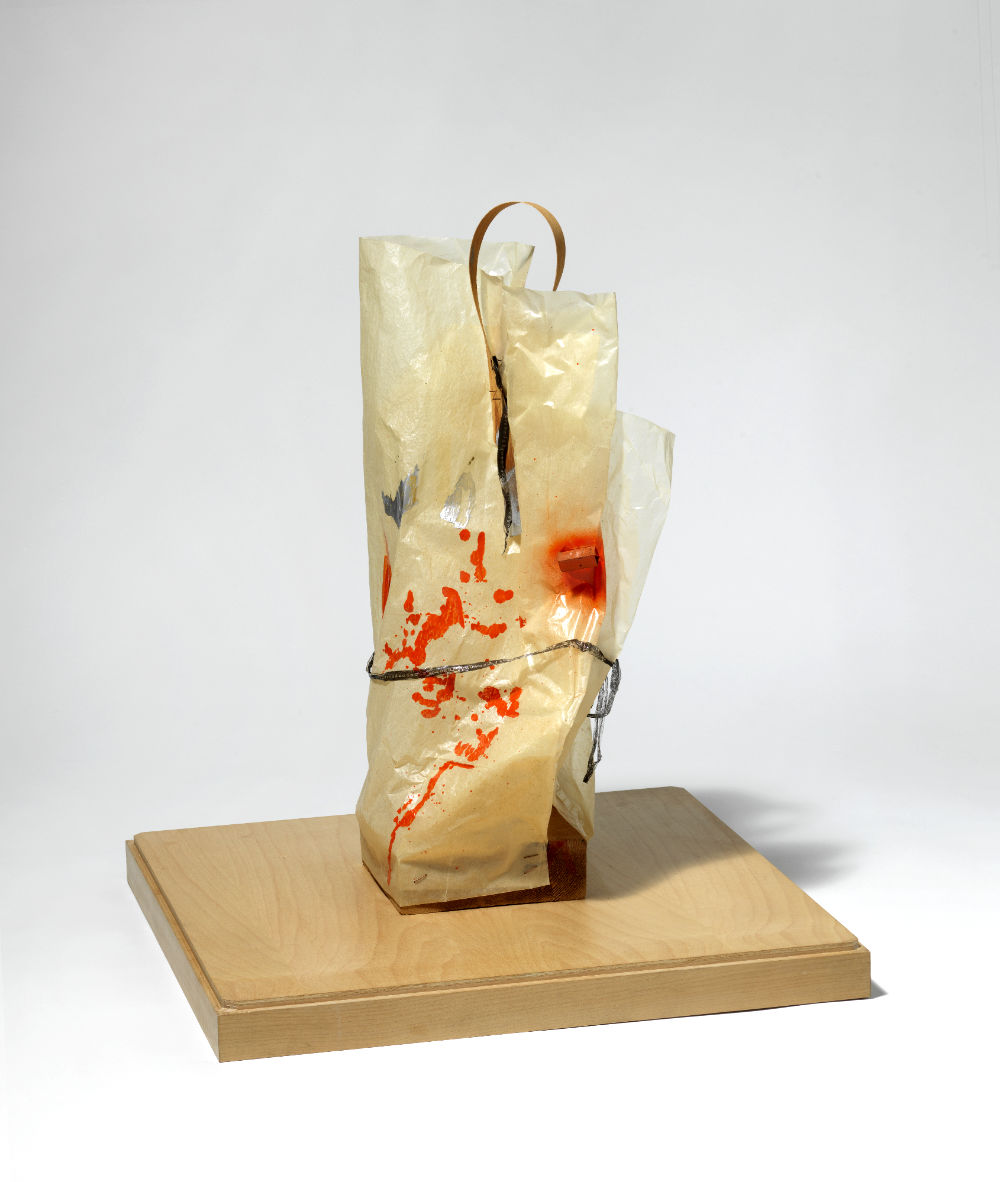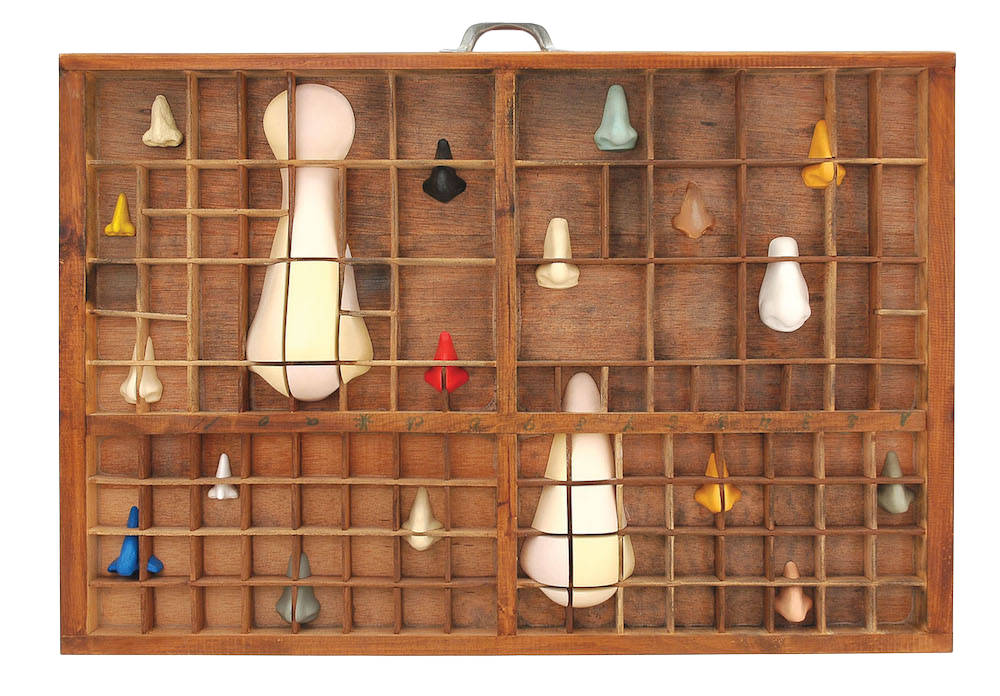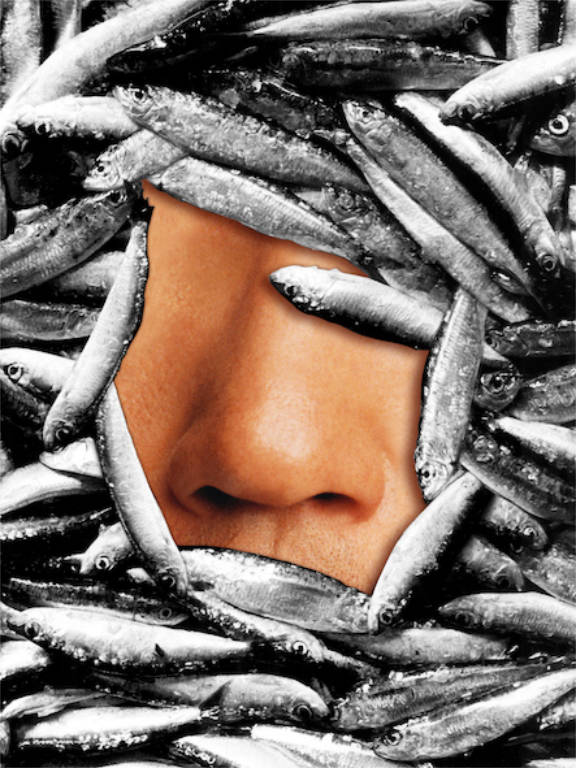We would like to introduce you to “Art in Essence,” the podcast of the Ernesto Ventós Foundation. It is a program where we present a series of short encounters with the different artists that make up the olorVISUAL collection.
Led by Carmen Corbera, a close friend of the Foundation and the creator and host of the podcast “El Mundo del Arte,” which brings the world of art to all audiences by discussing various aspects of the art industry through conversations with experts in the field. Carmen is now also the presenter and director of the program “Art in Essence.”
In this program, Carmen will have the opportunity to provide context, along with each artist, to the different artworks that form our main collection (olorVISUAL), recalling the figure of our founder, Ernesto Ventós, his relationship with these artists, and his unique way of engaging with the artworks: always seeking the connection between the artwork and its olfactory note, always in the form of olfactory memories.
In this second episode, Carmen will have a conversation with Pep Agut, an artist present in the olorVISUAL collection with two artworks:
The first artwork is titled “S/T (Bipolar),” and our founder, Ernesto, identified it with the olfactory note of truffles, mushrooms, oak moss, and damp fungus. This artwork is accompanied by a text by the artist:
“A walk along a path in the forest.
A path that leads nowhere but itself: it’s circular. A walk that starts at any point on the path and ends and abandons at any other.
Because the path is always the same: it’s known that a circle has no head or feet.
A walk with my camera along a path in the forest.
Always the same.
The successive framings with the camera capture on film a succession of moments from memory that I wanted to repeat.
Each moment of memory evaporates like smells.
Only the memory remains. A memory of the memory.
Memories pile up, mixing with each other like smells. I would like to repeat them. I would like to rediscover that smell that has been imprinted in my memory since birth.
But it’s not possible to bathe in the same memory twice.
In ‘Bipolar,’ these moments of emptiness or rupture of memory are mainly shown.
The double projection of the negatives of the images of the forest and those of the words accompanying them overlapping constructs a continuous line in time.
Something that seems absurd in reality if one thinks about it. I mean, it seems absurd to trace a continuous line. Like my path in the forest, carrying a camera, smells, and memories without being able to leave the circle.
Art is what allows us to perform these acrobatics in our life because art always looks at and shows the things that are unseen.
Like smells.
Like memory.
Art brings us closer to the invisible. Perhaps because it always dresses itself in its own nakedness. Clothed in smells and memory, it makes it possible, for a moment, for us to feel like bathing again in what actually happened a long time ago.”
Pep Agut
The second artwork is titled “Región del Error,” and our founder, Ernesto, also identified it with the olfactory note of truffles, mushrooms, oak moss, and damp fungus. Again, this artwork is accompanied by a text by the artist:
“Memory
As if a terrifying memory, hidden in some corner of my unconscious, had put it on alert in the face of imminent danger, my sense of smell became heightened a few years ago, and a multitude of unnamed smells invaded it as if a forgotten reality suddenly emerged before me. But the scope of the unnamable—and which urges me to sniff like a dog—has not confined me to the world of presences but often brings back the fragrance of lost memories in the thick fog of time.
For example, when I go to my parents’ house, from the very doorstep, I can sense if my mother is home, and alongside her scent—as ancient as myself—many others come back to me. I remember, from a day when she scolded me—I wouldn’t know why—the delightful smell of magnolias that I had just picked from the garden and permeated her completely. Memories, for me, have transcended the realm of more or less idealized narratives to become smells that I actually perceive, as if it were possible for me to release them directly by uncovering the jar of memory.
Undoubtedly, all of this, in one way or another, must imbue all my artworks. I like to know that when they are no longer in my hands, those who possess and care for them in my name may still perceive their smells, which I reminisce about while wandering barefoot in my favorite corner of the studio.”
Pep Agut
We hope you enjoy this second episode, and we would like to provide a brief introduction to the artist accompanying us:
Pep Agut completed his studies at the Faculty of Fine Arts of Sant Jordi in Barcelona between 1979 and 1984. During that time, in 1980, he founded the Grup Tal Taca, an alternative space for contemporary art in the same city, which was active until 1983. Later, he lived in Cologne from 1988 to 1991 and was invited to Paris as an artist-in-residence by the Fondation Cartier.
Throughout his career, Agut has been involved in the coordination and participation of numerous seminars, conferences, and debates on art. His work has been exhibited at renowned international events such as the 45th Venice Biennale in 1993, Prospekt in 1996, and the 11th Sydney Biennale in 1998. He has also exhibited his work, both individually and collectively, in prominent institutions, including the Tel Aviv Museum of Art in 1993 and the MACBA in Barcelona in 2000.
The specific project that Pep Agut presents at the Crystal Palace in Retiro Park questions the conception of art as the quintessential public space. In line with his usual practice, Agut combines artistic challenges with a political stance in his work.
